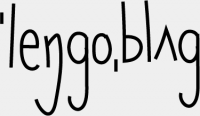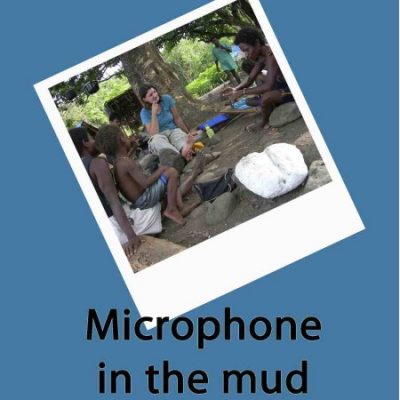Expanding Greenlandic Language to Support 2SLGBTQIA+ Terminology and challenging the colonial heteronormativity
Greenlandic is a language which is rich in cultural heritage, and it is currently evolving to be more inclusive by developing words and terms for the 2SLGBTQIA+ community. This is a big step, enabling all queer Inuits in Greenland to express themselves in their native language.
Last year, Sipineq+ (a volunteer association for the 2SLGBTQIA+ community in Greenland) started this important work. They teamed up with three volunteer translators to create a list of 132 words and terms which cover the wide range of identities and experiences in the 2SLGBTQIA+ spectrum. They collaborated continuously and discussed their suggestions on what these terms could be in Greenlandic and they explained the meaning to our volunteer translators. This helped the translators to … ↪






